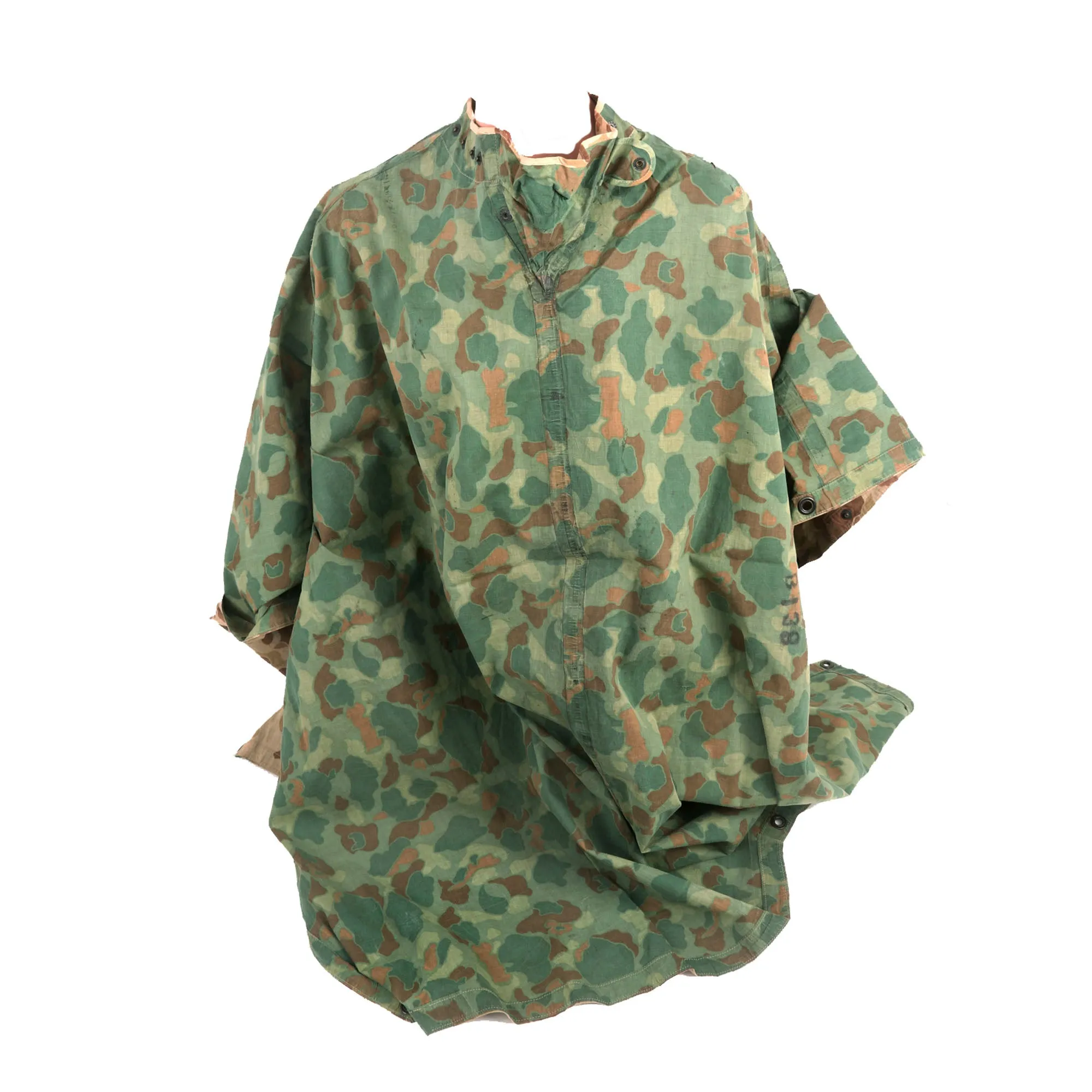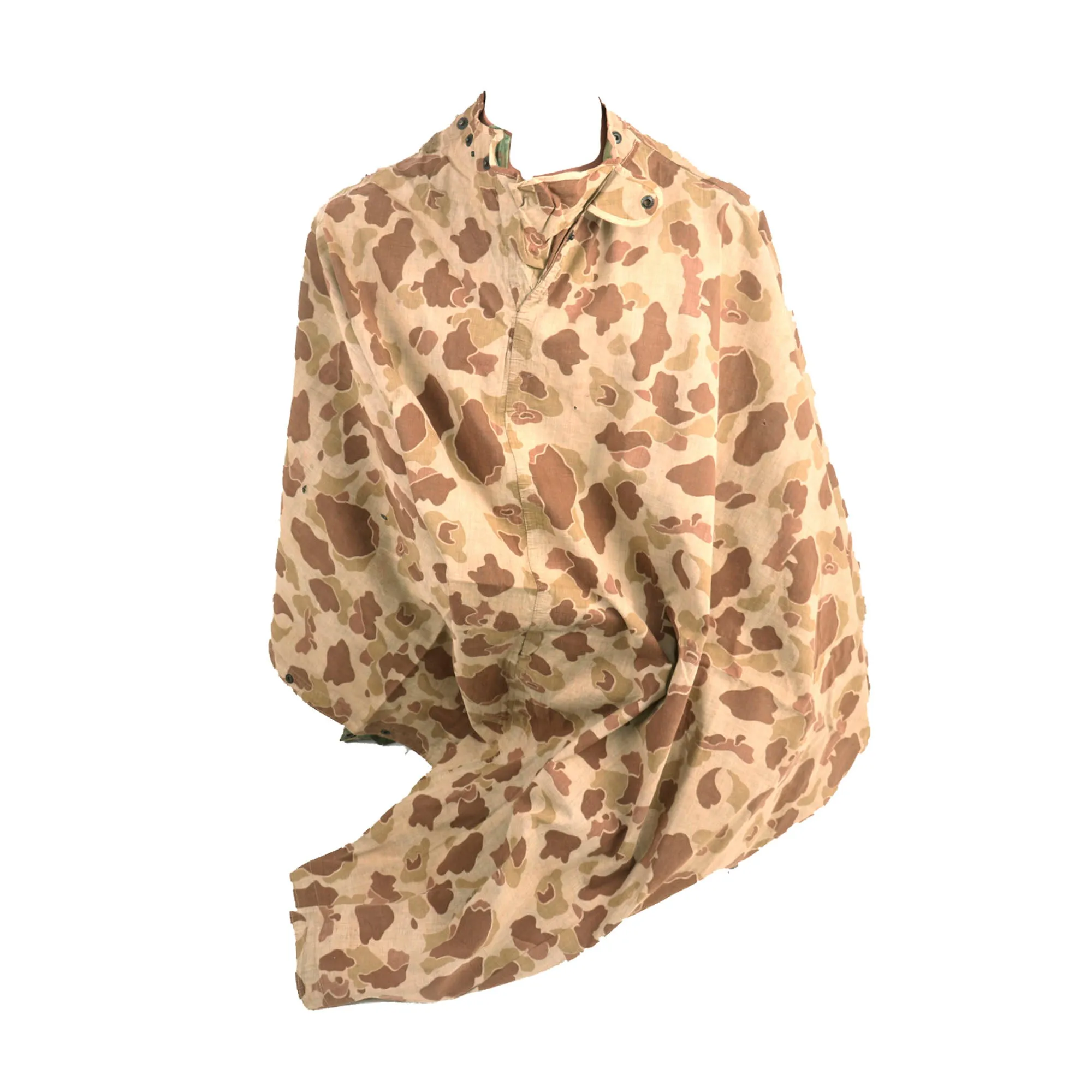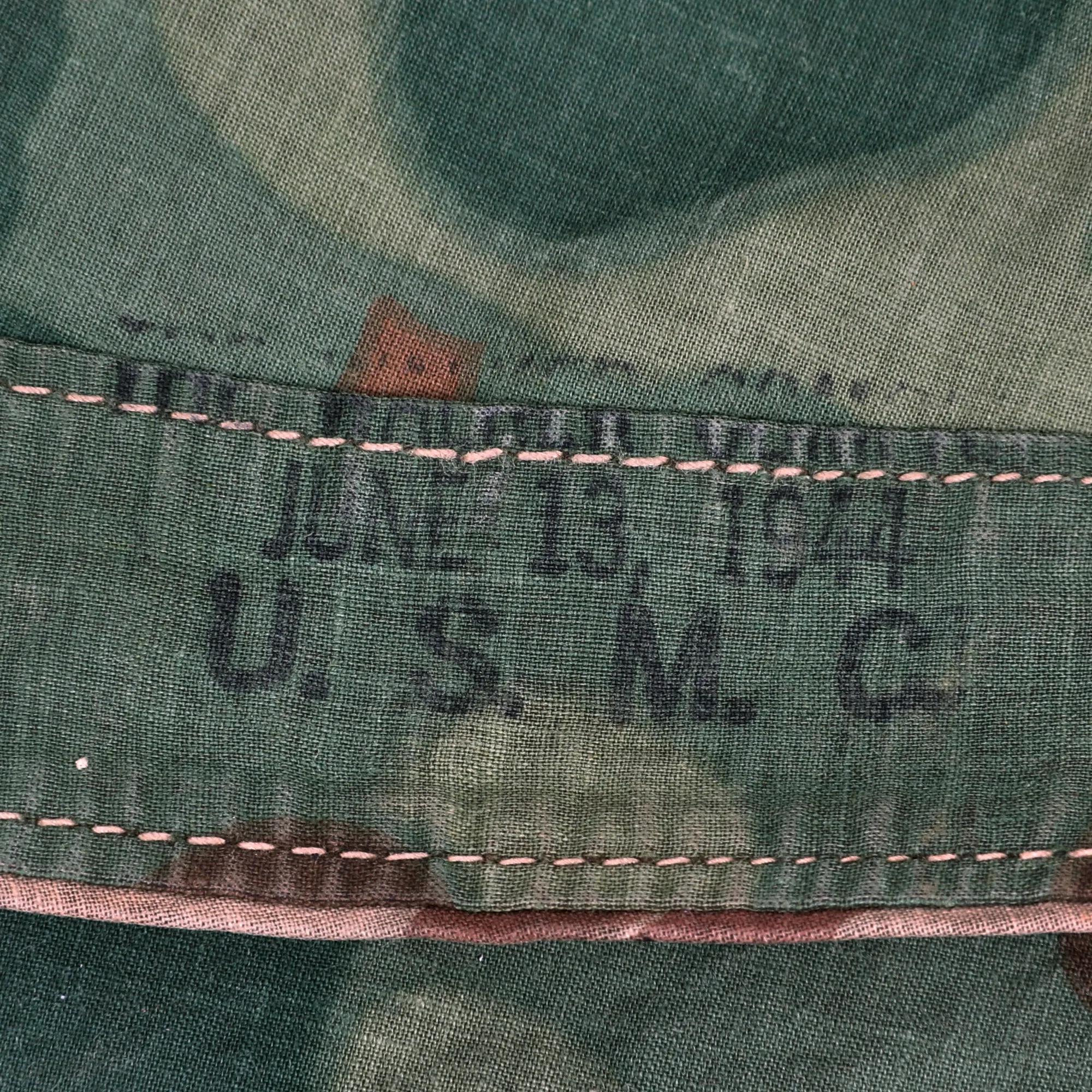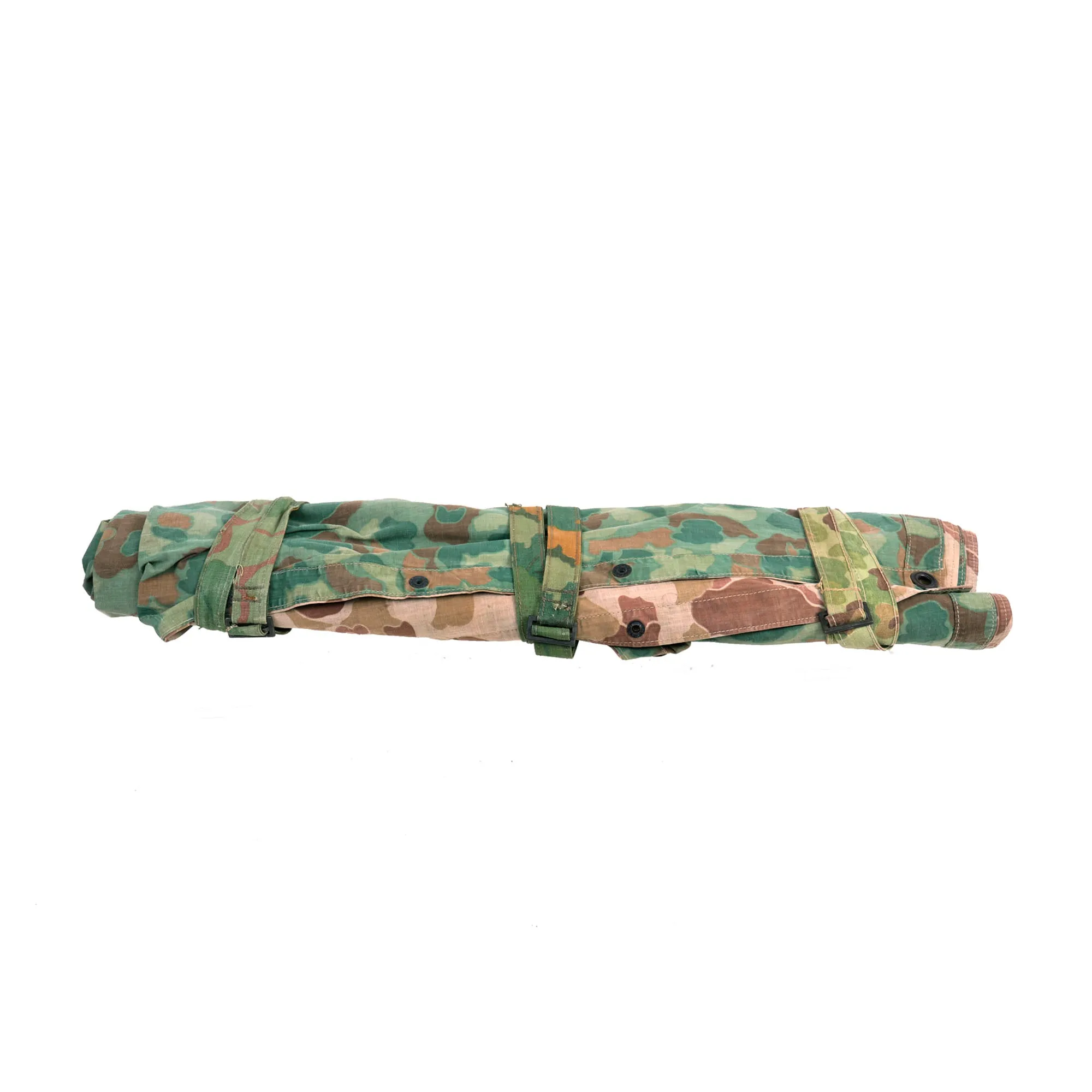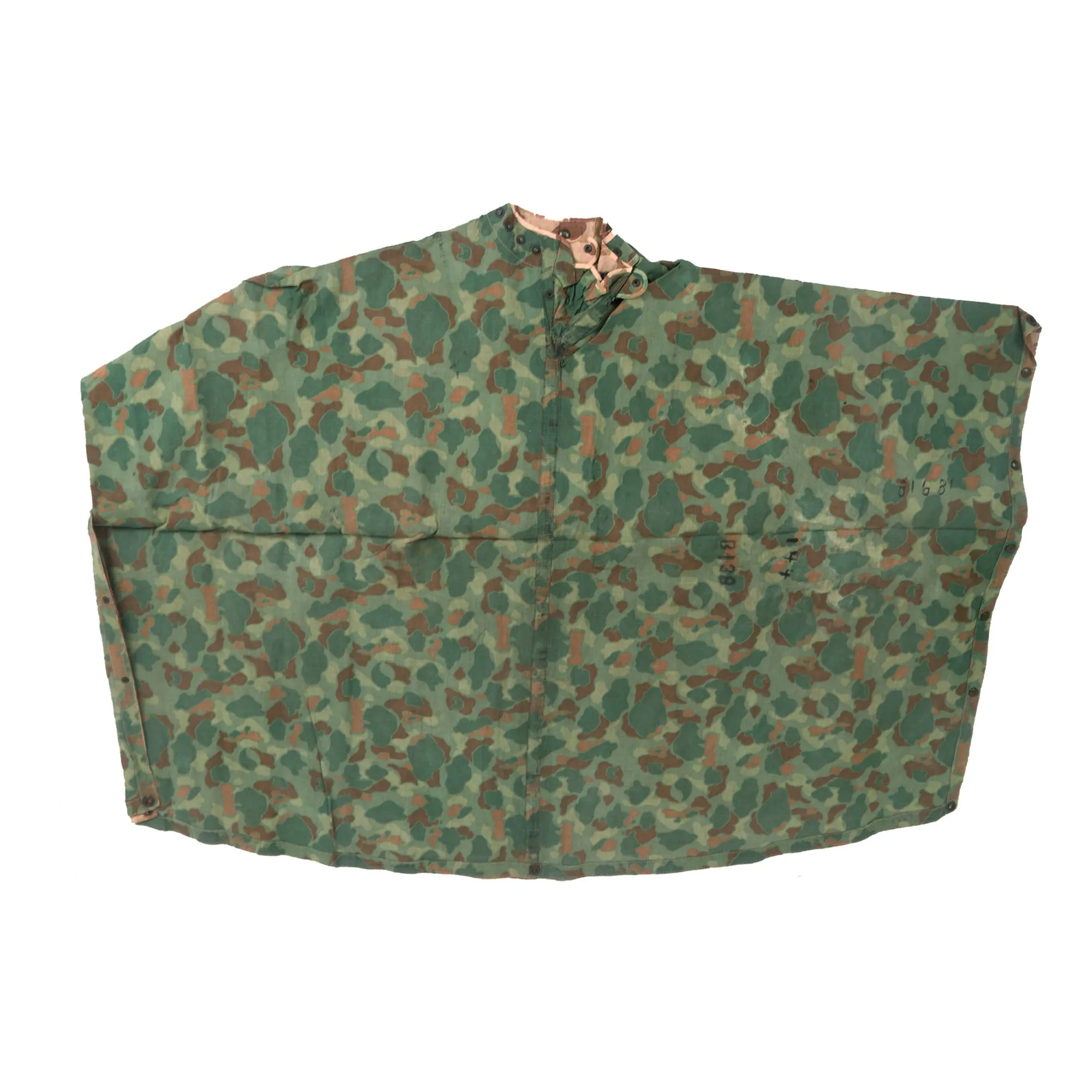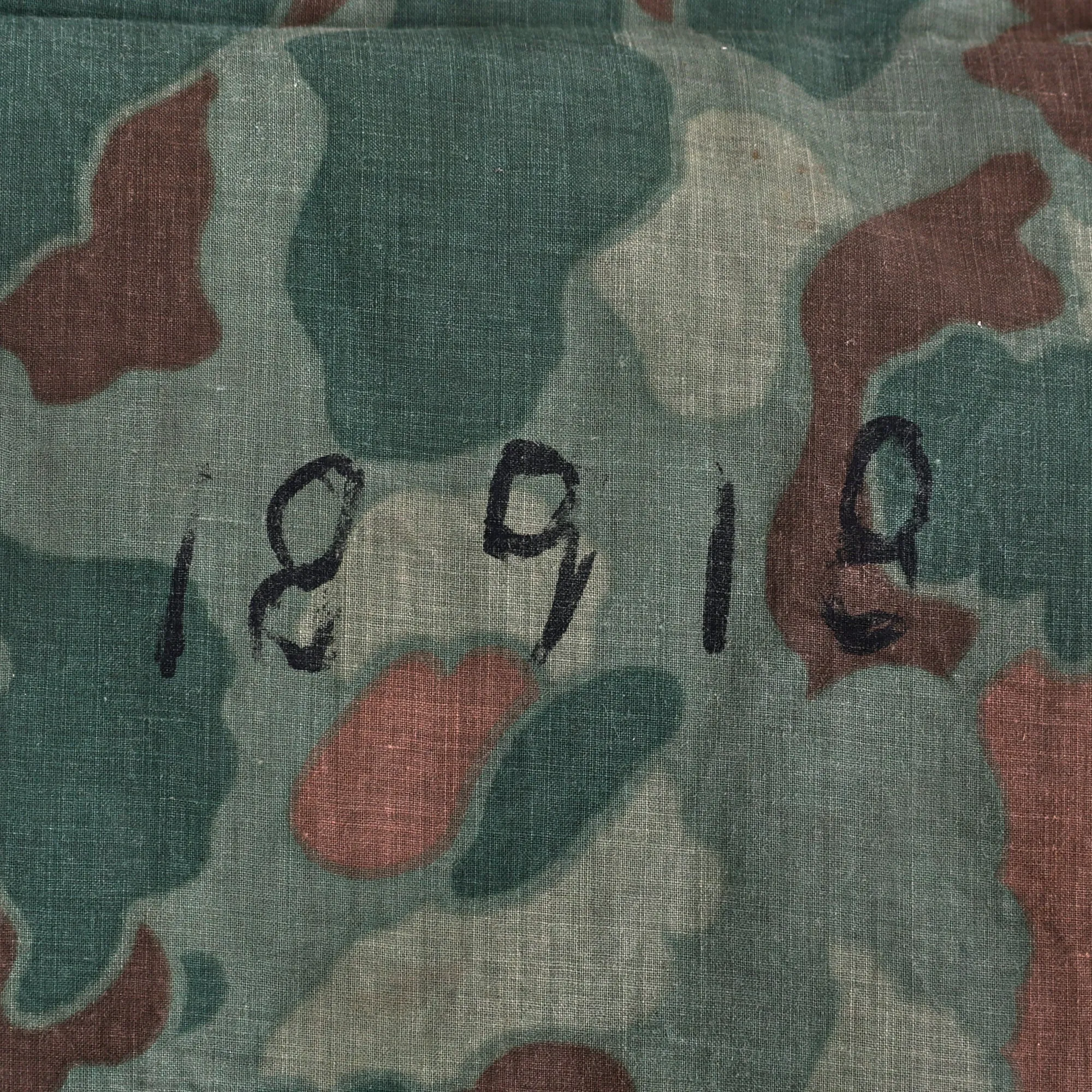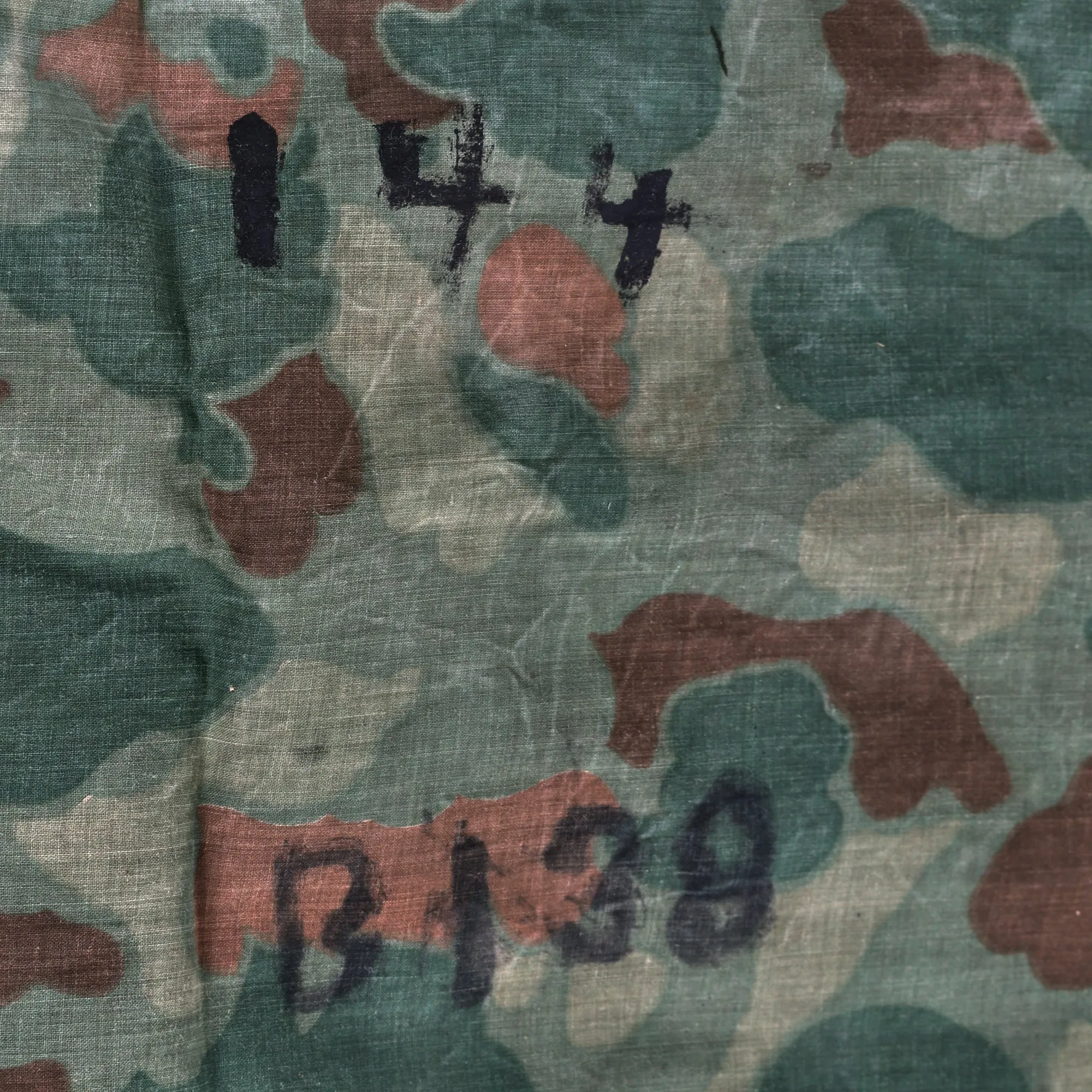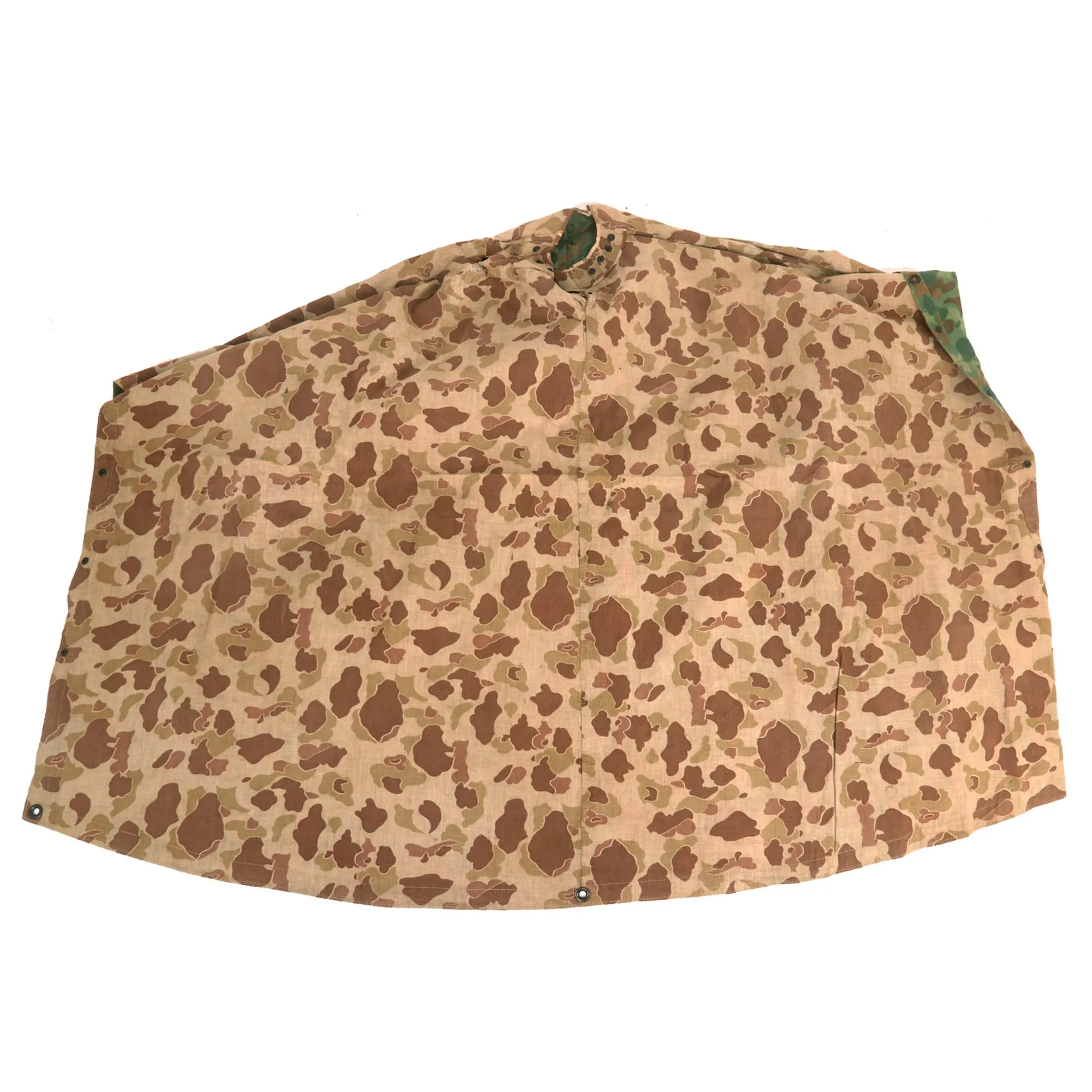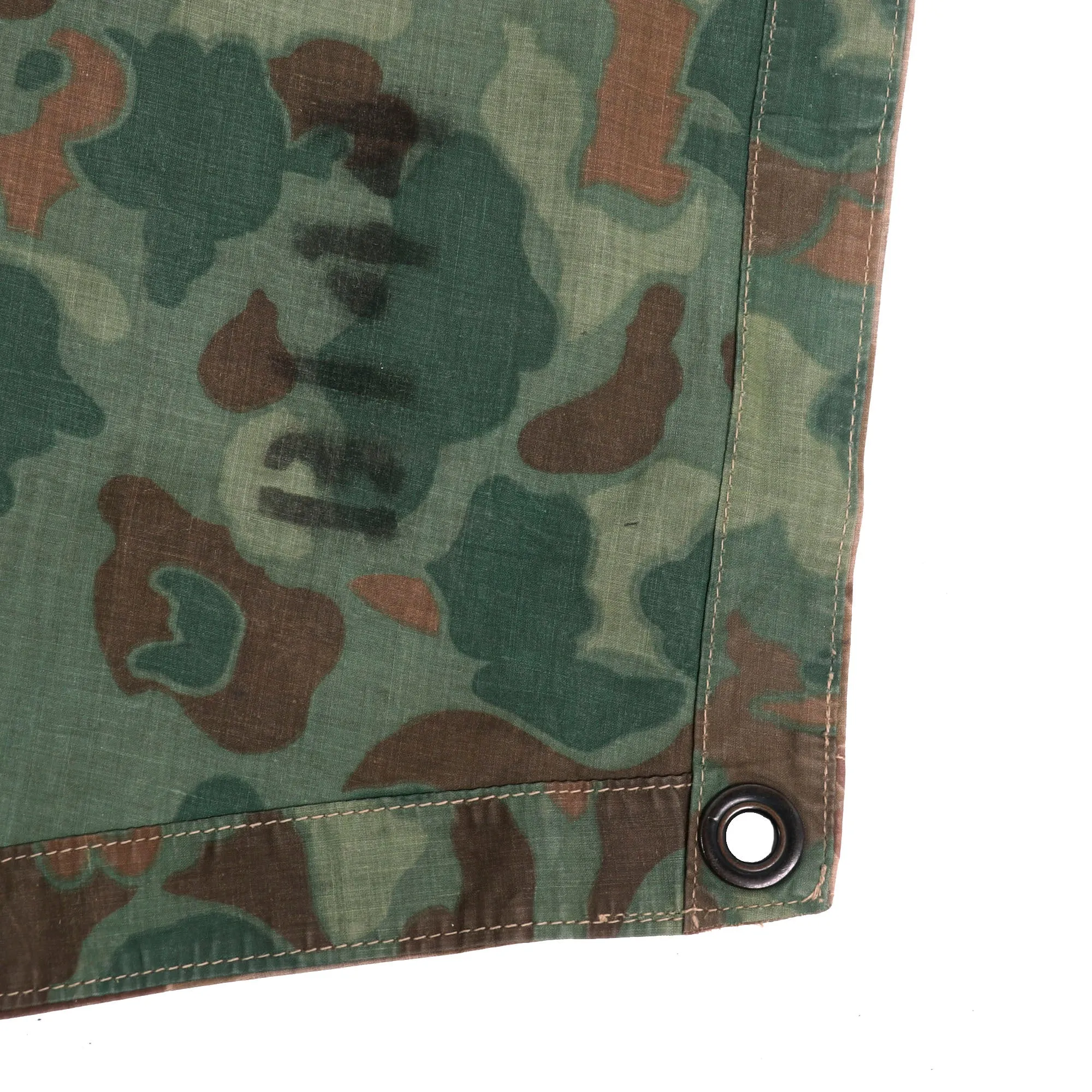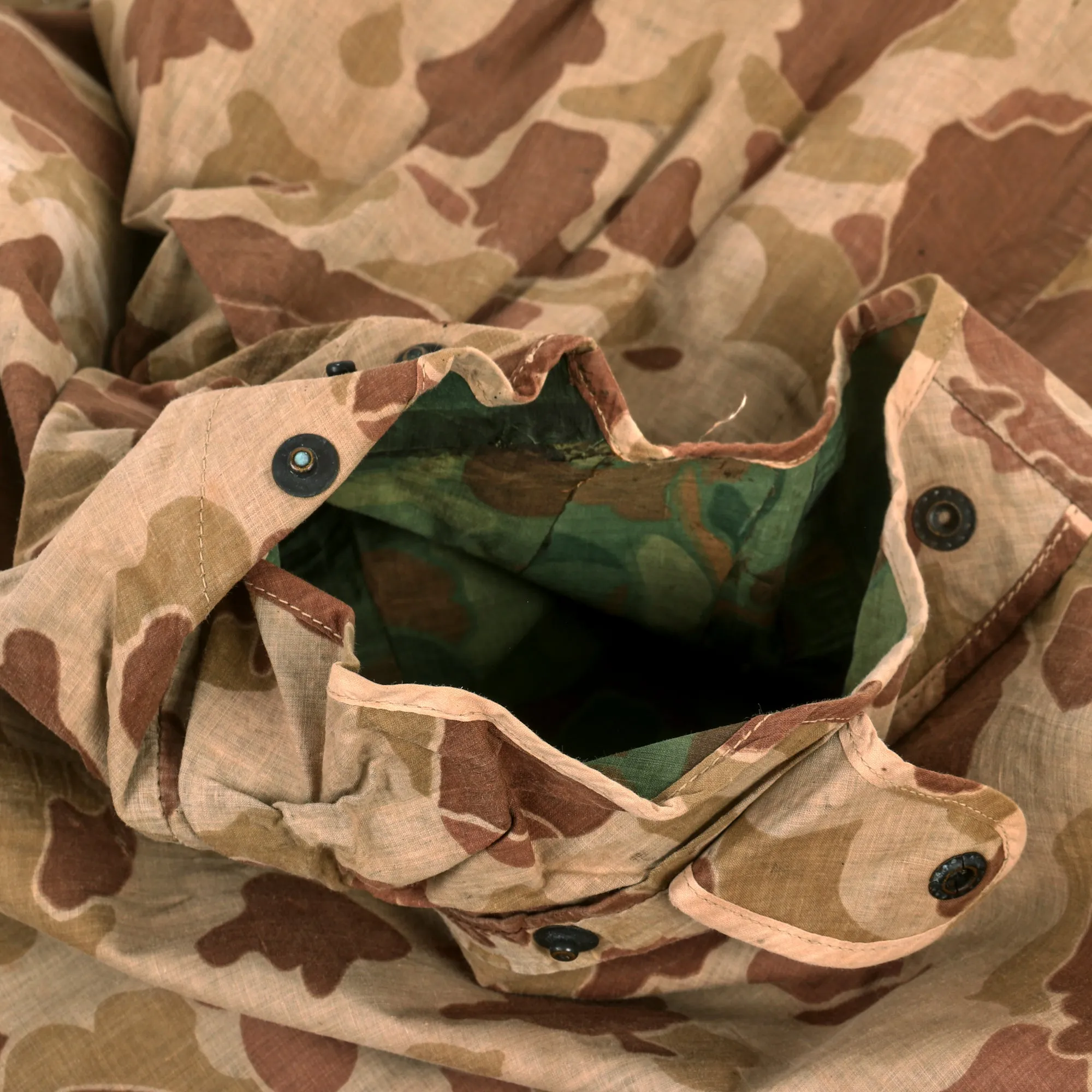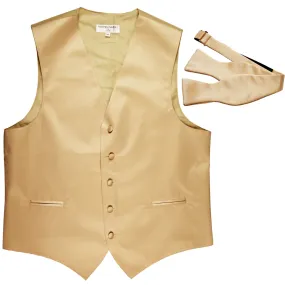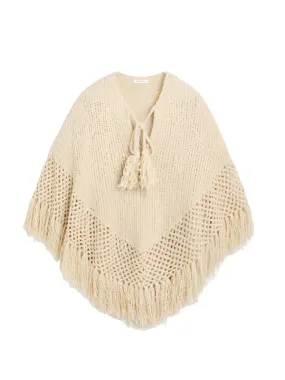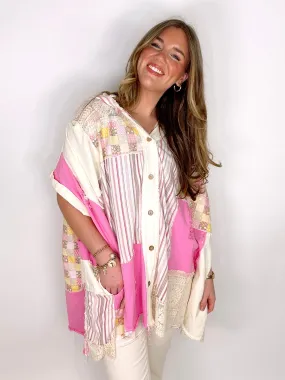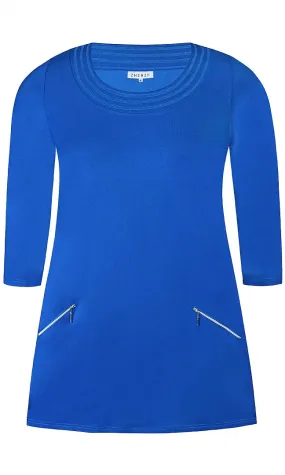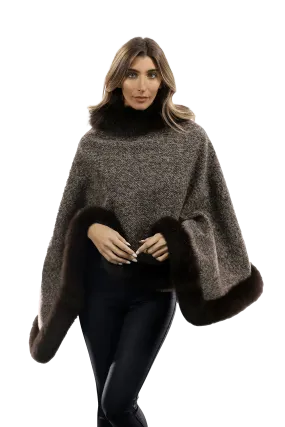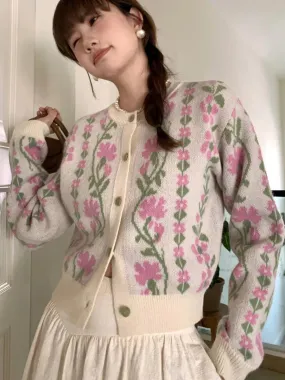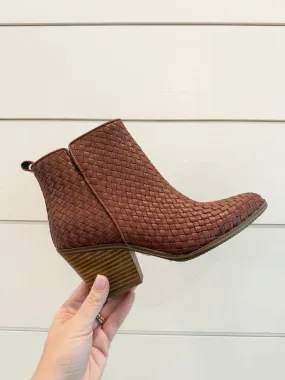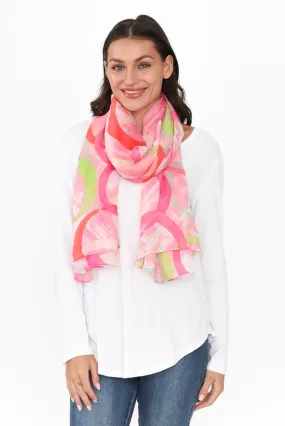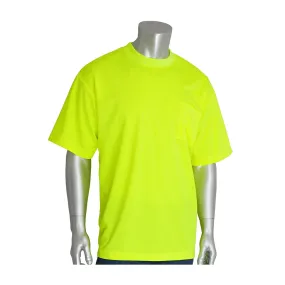Original Item: Only One Available. If you read Guadalcanal Diary, author Richard Tregaskis' first-hand account of the Marine Corps' early days of fighting on the Pacific Island, you will find several references to the lowly poncho's role as a shelter from the elements. These WWII USMC ponchos are hard to find today, especially one in good condition. The ponchos are reversible pattern poncho with green camo for the jungle and tan camo for beach sand camouflage. These ponchos came in two styles: one style had snaps that allowed the wearer to fasten the poncho around his arms like sleeves - the other had no such snaps. This version is the former with snaps and is offered in very good condition. It even comes with three original camouflage securing straps, which we have very rarely seen before.
The poncho does show wear and staining from service, with some staining from the adhesive seams, and there are also some numbers written in areas, which could be laundry numbers. There are also some small holes and tears, particularly near the opening for the neck. This example still has a mostly legible maker marking and date, which reads:
THE WALKER COMPANY
JUNE 13, 1944
U. S. M. C.
A great example of an iconic rain poncho, comes more than ready for further research and display.
The M1942 Reversible Spot Pattern was the standard camouflage pattern of the United States Marine Corps during World War II. Notably, the M1942 Reversible Spot Pattern was widely used initially with the M1942 One-Piece Camouflage Suit as well as the M1942 M1 Helmet Cover, common with marines in the Pacific. The pattern consisted of a tan base with brown shapes on one side of whatever cloth it was printed on with a light brown base on the other with dark brown, light green, and dark green shapes. This allowed marines to wear the tan colored pattern during lands and in sandy environments while switching to the green and brown pattern for inland jungle areas.
The M1942 Pattern was used in a wide variety of uniforms, shelter covers, ponchos, etc during the war. Its use ranged from 1942 all the way until the end of the war. The pattern was also used in the ETO with a fairly negative record. The largest complaint was that it looked strikingly similar to Waffen-SS uniforms in service at the time and thus could put American troops at risk for friendly fire. As such, it was promptly dropped from service in the ETO.
The M1942 Reversible Pattern was first put into service in large quantities in August, 1942 following a request by General Douglas MacArthur for a jungle camouflage suit that could be given to marines in the Pacific. It saw widespread use in the Pacific in the various articles of clothing and cloth equipment brought along by American forces. Besides a brief use in the Western Front (ETO), the M1942 Pattern was generally only used in the Pacific.




